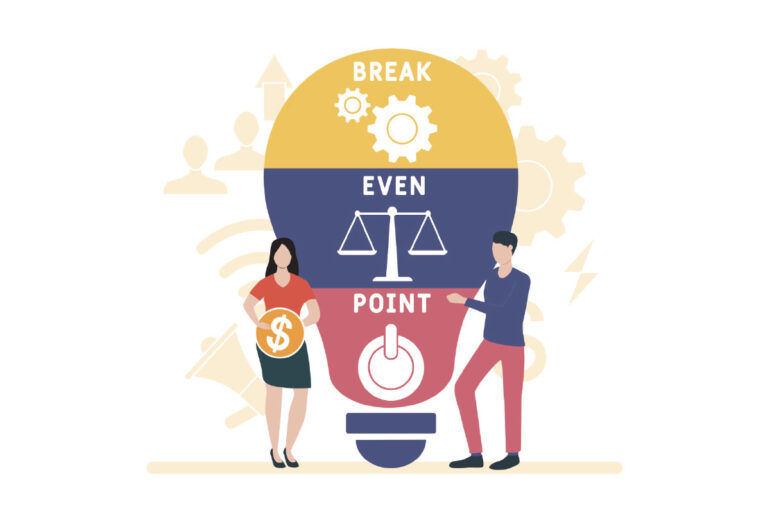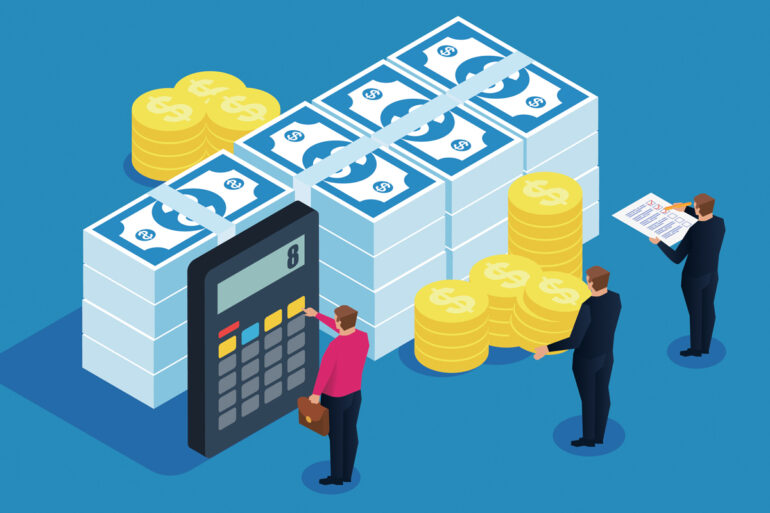Navigating to Higher Profits

Maximizing revenue through strategic KPIs
When you’re on a journey, you need a starting point and a destination to be successful. In business, we use key performance indicators to map out those points and improve profitability.
Eli’s Pool Service does maintenance and service on swimming pools from April through September. Although its sales for the most recent season totaled $3 million, a surprisingly high number for its small market, its net profit was only 1% of those sales. Year after year, the team worked hard for small returns, and they were tired of it, so they brought me in to help.
A good portion of Eli’s revenue comes from charging for the hours repair technicians spend on-site. The company pays its technicians an average of $20 per hour and charges customers $80 per hour. In this case, our target was to allocate 100% of repair technicians’ hours to customers. If we could do that, the repair department would earn margins of $60 per hour (the difference between the $20 per hour wages and $80 per hour price) times the total hours paid to technicians.
Because Eli’s had good books, we trusted the gross profit numbers on the profit and loss statement. Unfortunately, the numbers reported a glaring problem: Eli’s labor cost was more than 65% of its labor sales. Had the company charged customers for every hour it paid technicians, the labor cost would have been 25% of labor sales ($20 per hour labor cost divided by $80 revenue per hour). The high percentage of labor was a signal that told us we were falling far short of our 100% billing target, and something was wrong with either the billing process or operations.
The first step was to define a starting-point KPI. We counted the total hours paid to technicians the prior season and divided that number by the total hours billed to customers. That number was a dismal 32%, meaning the company billed customers for only 32 of every 100 hours it paid technicians.
The KPIs quantified a problem and provided a benchmark to improve upon, a targeted destination and an objective means to reward employees for improvement. We trusted the technicians and collaborated with them to find out why the billing KPI was so low. By working with technicians, the owners found that poor scheduling, inefficient routing, forgotten parts, comped hours, late starts, go-backs, schedule-wrecking add-on work and long lunches were factors — all specific activities that could be tracked and improved upon.
We were also surprised to discover unbilled hours resulting from a practice common in the repair department. When one technician finished their job early, they would travel to help a second technician at another location. Having two people on-site sped up the job and reduced the hours billed by the first technician.
Although it was great teamwork, there was a problem: The second technician didn’t bill for their hours. The result was fewer total hours billed and a lower labor productivity rate. Today, the technicians still help each other, but they bill for their combined hours.
The company now also provides a weekly incentive to technicians when they meet or exceed a labor productivity rate of 50% billed hours.
You can see how having a starting (32%) and destination (100%) KPI provided the insight that made a difference. This case is a work in progress, so we don’t know exactly how much things will improve. But we know this: Last year’s 32% rose to nearly 50% — only half our intended goal — but even the 50% resulted in 419% higher net profit.
It’s important to understand that not only did Eli’s find solutions to its problems but it also avoided mistakes that would have compounded its losses.
People who don’t use or don’t trust their books tend to respond to losses with one of two knee-jerk reactions. One is to increase sales, even if it means discounting prices. The other is to cut expenses, even if it means firing revenue-producing employees.”
People who don’t use or don’t trust their books tend to respond to losses with one of two knee-jerk reactions. One is to increase sales, even if it means discounting prices. The other is to cut expenses, even if it means firing revenue-producing employees. Neither action would have helped Eli’s because neither sales nor payroll was the problem.
Both would have harmed the business because discounts and layoffs would have increased obligations to customers, decreased gross margins and reduced the capacity to get things done — all exactly the opposite of what the business needed, which was to improve efficiency. It just goes to demonstrate that great books make a great difference.






